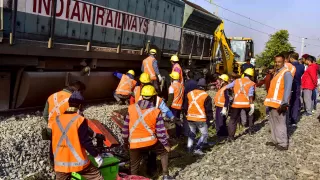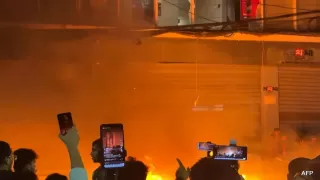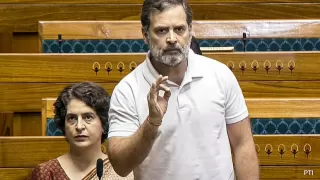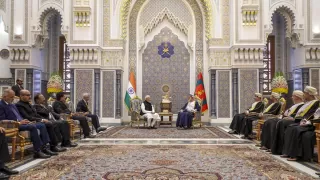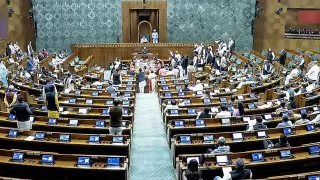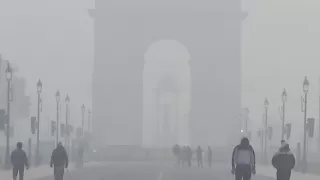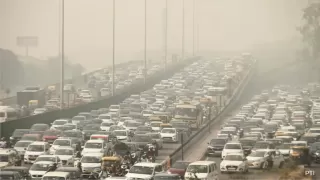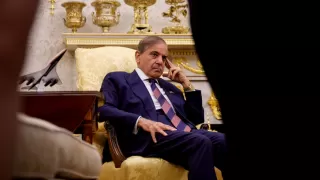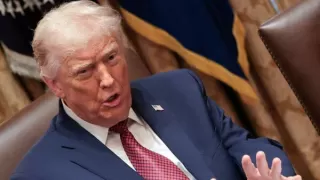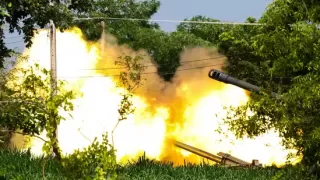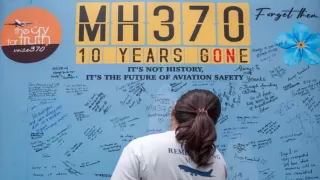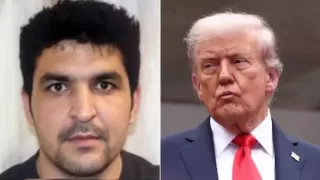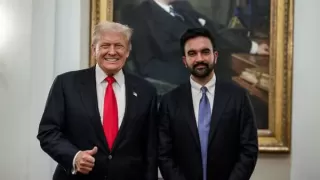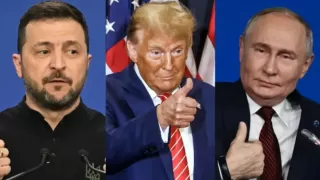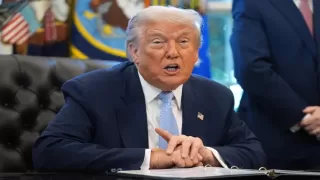The clock is finally ticking toward an end for the federal funding stalemate that has gripped Washington for over 40 days. After weeks of gridlock, late-night negotiations, and mounting pressure on agencies, the United States Senate has reached a tentative bipartisan deal that could reopen the government. :contentReference[oaicite:1]{index=1}
President Donald Trump on Sunday declared the shutdown “nearing its end,” signalling that federal operations may resume soon. Meanwhile the deal underpins a temporary funding plan while lawmakers continue wrangling over longer-term issues. :contentReference[oaicite:3]{index=3}
For hundreds of thousands of federal workers, shuttered parks, stalled benefits and deferred services, the tentative resolution offers relief though not yet certainty. The next few days will determine whether the deal becomes law and how quickly agencies return to full speed.
What’s Inside the Senate Deal?
The agreement crafted in the Senate includes a mix of stop-gap funding and full-year allocations. Under the terms, the government will be funded through January 30, 2026, for most agencies, while a handful of departments receive full-year appropriations under a “minibus” package. :contentReference[oaicite:4]{index=4}
Key provisions of the deal include fully funding the Supplemental Nutrition Assistance Program (SNAP) through next September, reversing layoff notices to federal workers, and prohibiting large-scale firings until the new deadline. :contentReference[oaicite:6]{index=6}
The bill also secures support from eight or more Senate Democrats who crossed party lines to back the proposal. In return, Republicans have promised a December vote on extending subsidies under the Affordable Care Act, something many Democrats insisted upon. :contentReference[oaicite:8]{index=8}
Why the Deal Matters
This funding package matters for multiple reasons: first, it halts what had become the longest shutdown in U.S. history and restores pay for furloughed workers. It also revives services that were frozen, from IRS processing to national parks and passport issuance.
Second, the deal reflects a temporary yet pivotal compromise: rather than resolving all disputes, it buys time. Congress will still need to confront enduring divides over healthcare subsidies, defense spending, and full-year budgets. :contentReference[oaicite:9]{index=9}
Lastly, the vote signals the importance of moderate lawmakers and the tenuous balance of power in the Senate. A handful of defections from the Democratic caucus made this deal possible, while the House and President still hold key roles in final approval.
What Happens Next?
If the Senate passes the measure, the bill will move to the United States House of Representatives, then to President Trump for his signature. Once signed, federal agencies will begin reopening, furloughed employees receive back-pay and services regain momentum. :contentReference[oaicite:11]{index=11}
However, obstacles remain. The House may demand changes, and conservative Republicans and progressive Democrats both harbor reservations. Until the full appropriations process is completed, the underlying funding structure remains unstable.
In the meantime, state and local governments, federal contractors and citizens are watching closely. Delays in signature or House passage could prolong the disruption. And even successful passage does not guarantee a smooth return to full operations: backlogs and logistical bottlenecks will linger.
What This Means for the Public
For the average American, the deal means renewed hope that shuttered services will resume. Federal workers can expect their paychecks again, and agencies can address the backlog of tasks stalled during the shutdown. :contentReference[oaicite:12]{index=12}
Yet the deal also underscores how fragile funding mechanisms have become and how vulnerable critical functions are to political deadlock. Long-term consequences—from healthcare premiums to social services funding—hang in the balance.
In short, while the shutdown may be ending, the work of rebuilding agency capacity and repairing public trust begins now. The next chapter will test whether the compromise is sustainable or simply a bridge to another showdown.
Also Read: Delhi Air Quality Still ‘Very Poor’ Despite Minor Relief




